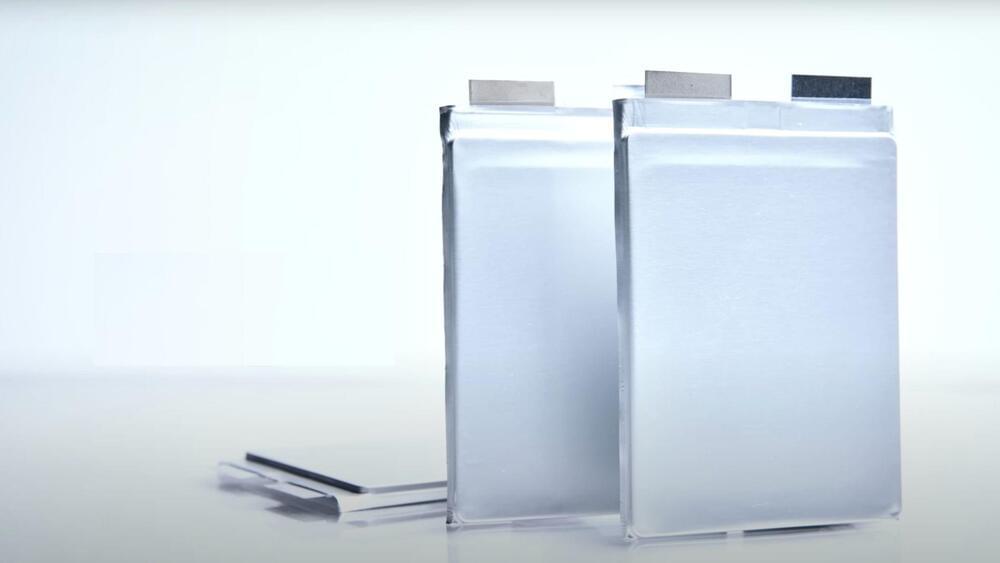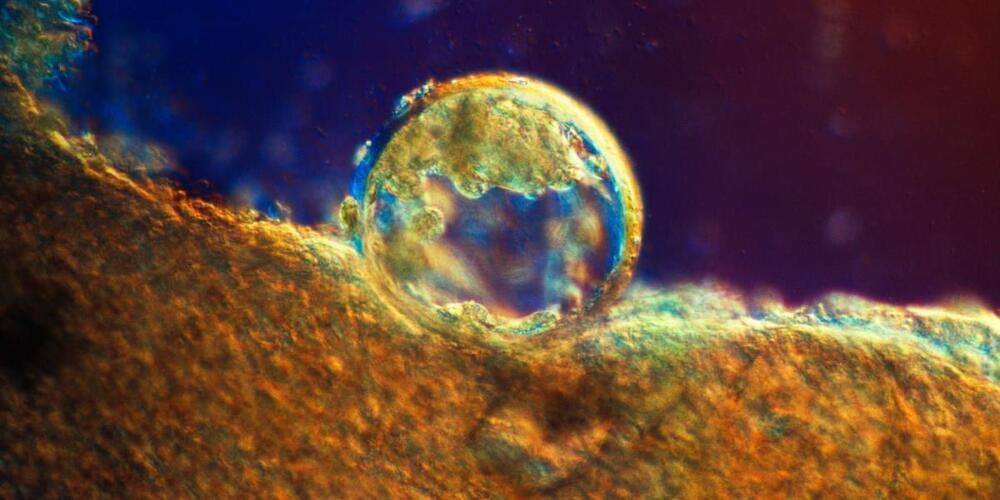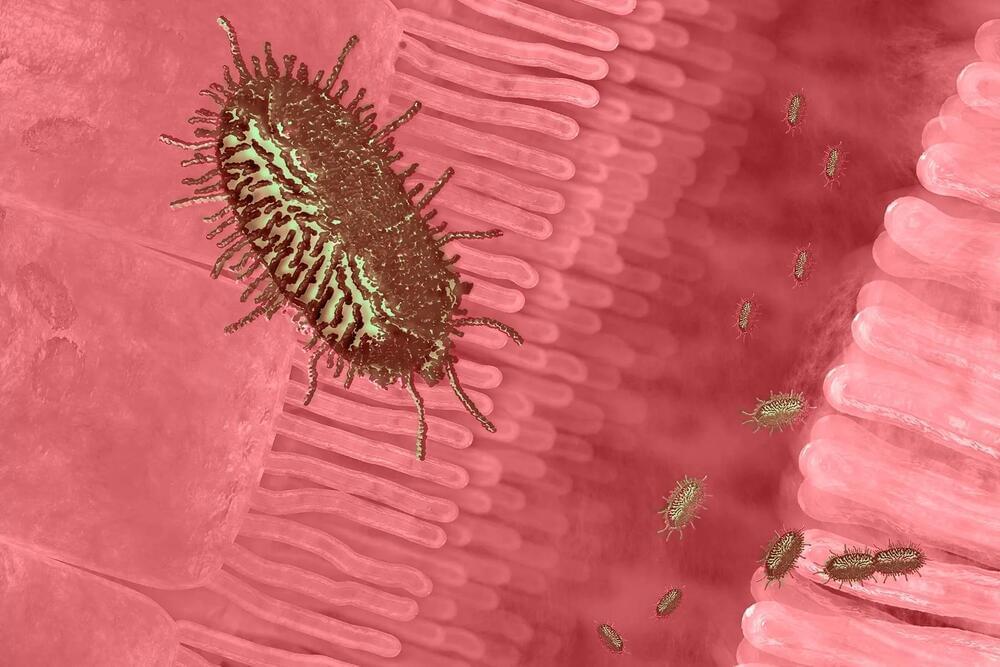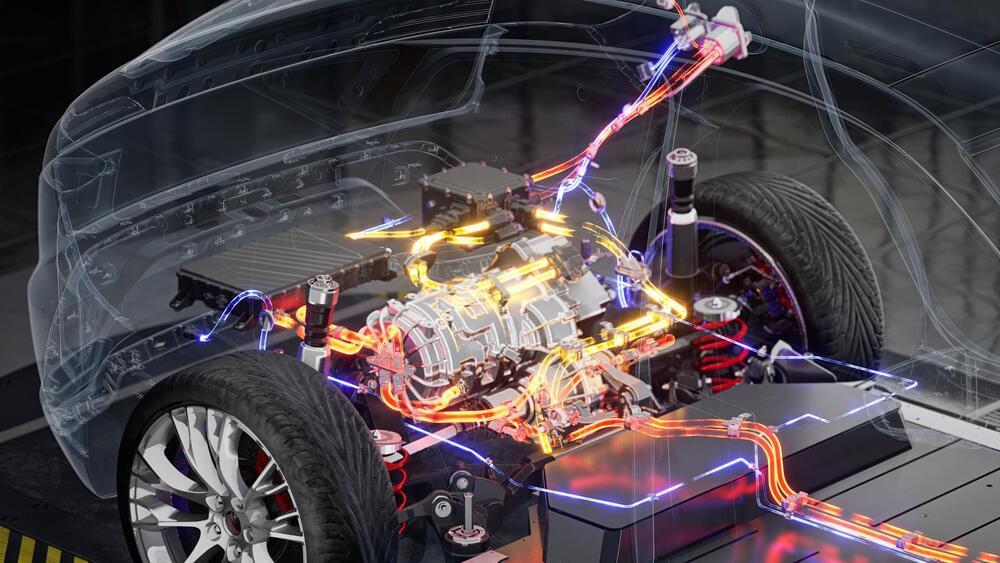Europol shuts down Manson Market, a fraud hub, seizes 50 servers, and arrests two suspects.




The Zwicky Transient Facility has reached an incredible milestone: It has classified over 10,000 cosmic explosions that mark the deaths of massive stars and the feeding frenzies of vampire stellar remnants. These events, called supernovas, are undoubtedly some of the most fearsome and powerful events in the universe.
Since 2012, humanity has discovered almost 16,000 supernovas. The Zwicky Transient Facility (ZTF), which began operations in 2017 using the 48-inch telescope at Palomar Observatory, is responsible for almost two-thirds of these detections. That makes it the largest and arguably most successful supernova surveyor to date.
“There are trillions of stars in the universe, and about every second, one of them explodes,” California Institute of Technology astronomer Christoffer Fremling said in a statement. “Reaching 10,000 classifications is amazing, but what we truly should celebrate is the incredible progress we have made in our ability to browse the universe for transients, or objects that change in the sky, and the science our rich data will enable.”

Chaperone-mediated autophagy (CMA) is the lysosomal degradation of individually selected proteins, independent of vesicle fusion. CMA is a central part of the proteostasis network in vertebrate cells. However, CMA is also a negative regulator of anabolism, and it degrades enzymes required for glycolysis, de novo lipogenesis, and translation at the cytoplasmic ribosome. Recently, CMA has gained attention as a possible modulator of rodent aging. Two mechanistic models have been proposed to explain the relationship between CMA and aging in mice. Both of these models are backed by experimental data, and they are not mutually exclusionary. Model 1, the “Longevity Model,” states that lifespan-extending interventions that decrease signaling through the INS/IGF1 signaling axis also increase CMA, which degrades (and thereby reduces the abundance of) several proteins that negatively regulate vertebrate lifespan, such as MYC, NLRP3, ACLY, and ACSS2. Therefore, enhanced CMA, in early and midlife, is hypothesized to slow the aging process. Model 2, the “Aging Model,” states that changes in lysosomal membrane dynamics with age lead to age-related losses in the essential CMA component LAMP2A, which in turn reduces CMA, contributes to age-related proteostasis collapse, and leads to overaccumulation of proteins that contribute to age-related diseases, such as Alzheimer’s disease, Parkinson’s disease, cancer, atherosclerosis, and sterile inflammation. The objective of this review paper is to comprehensively describe the data in support of both of these explanatory models, and to discuss the strengths and limitations of each.
Chaperone-mediated autophagy (CMA) is a highly selective form of lysosomal proteolysis, where proteins bearing consensus motifs are individually selected for lysosomal degradation (Dice, 1990; Cuervo and Dice, 1996; Cuervo et al., 1997). CMA is mechanistically distinct from macroautophagy and microautophagy, which, along with CMA, are present in most mammalian cells types.
Macroautophagy (Figure 1 A) begins when inclusion membranes (phagophores) engulf large swaths of cytoplasm or organelles, and then seal to form double-membrane autophagosomes. Autophagosomes then fuse with lysosomes, delivering their contents for degradation by lysosomal hydrolases (Galluzzi et al., 2017). Macroautophagy was the first branch of autophagy to be discovered, and it is easily recognized in electron micrograms, based on the morphology of phagophores, autophagosomes, and lysosomes (Galluzzi et al., 2017).






Batteries made from waste and methane offer lower CO2 emissions than current technologies.
It’s also being claimed that the technology has the potential to improve fast-charging speed by up to 50%, making EV ownership even more convenient. Lithium-sulfur batteries are expected to cost less than half the price per kWh of current lithium-ion batteries, according to Stellantis.
The batteries will be produced using waste materials and methane, with significantly lower CO2 emissions than any existing battery technology. Zeta Energy battery technology is intended to be manufacturable within existing gigafactory technology and would leverage a short, entirely domestic supply chain in Europe or North America, according to a press release.
Ned Curic, Stellantis’s Chief Engineering and Technology Officer, stated that the collaboration with Zeta Energy is another step in helping advance the company’s electrification strategy as they work to deliver clean, safe, and affordable vehicles.